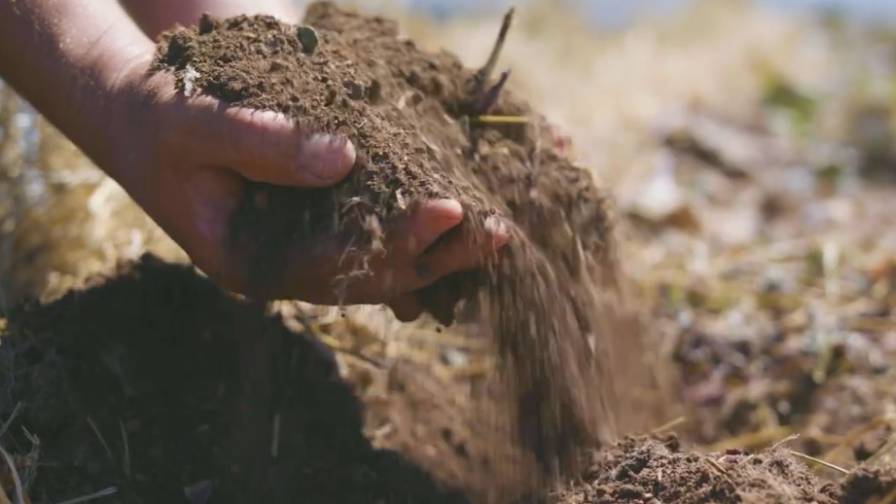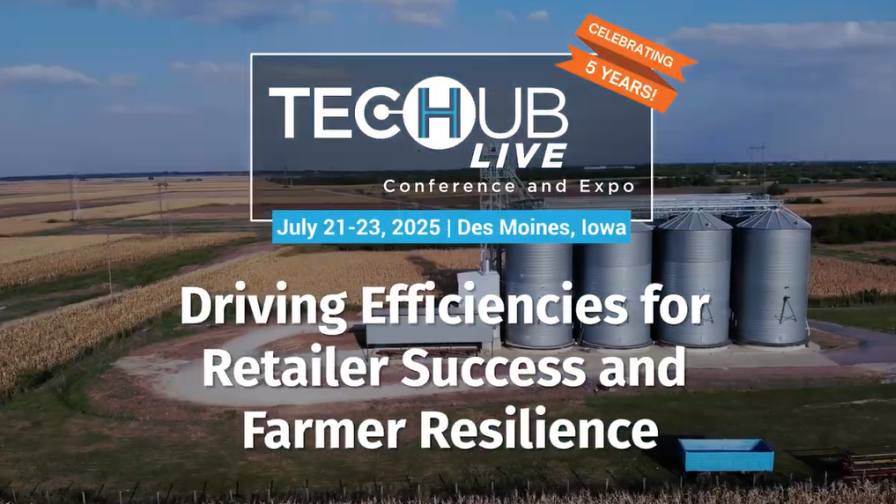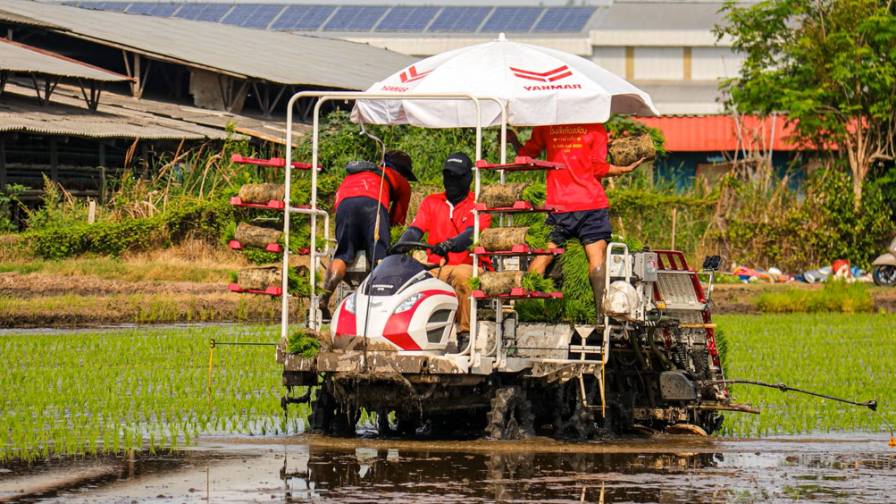Survey Confirms a Data-Driven Market for U.S. Ag Retailers
A 2021 Precision Agriculture Dealership Survey by Purdue University/CropLife Magazine shows that U.S. ag retailers more and more are making crop management decisions guided from insights originating from their growers’ fields. Pooled, on-farm data, especially for nutrient management, hybrid/variety selection and planting rates, are guiding decisions at rates twice that of just four years ago. The optimism from previous surveys continues for UAVs and for variable pesticide applications, and UAV’s role in applying crop inputs. And compared to two years ago, substantially fewer dealers say customer-related and dealer-related factors are holding back their progress on implementing more precision ag.
Precision agriculture is a management strategy, but its practical implementation depends on a variety of mostly digital tools to capitalize on its benefits, from sensing, to analysis, prescriptions, and on to applications. These tools evolve and change over time, which drives the interest for the survey results. Some tools have proven their place with most retailers, such as grid or zone soil sampling — although that journey took over two decades (Figure 1). Most dealers offer satellite or aerial imagery, and more say they will be adding this in the future. Imagery can be a foundation for creating management zones or guiding site-specific inputs. But still being vetted are robotic weeding and robotic scouting, and applying crop inputs via drone. Only a few dealers responded that they were currently offering services in robotic weeding or robotic scouting.
Thirteen percent of respondents indicated they would be offering robotic weeding and 16% would offer robotic scouting in three years, showing great confidence in their potential. Fourteen percent of dealers say they are currently offering crop inputs applied via a UAV/drone, but 29% expect to be offering this by 2024 (Figure 2). The data represent the percent of dealers offering these services, not the percent of acres where these services were applied.
The major categories of information collected in the survey include what products and services dealers are offering, their profitability, what technologies the dealers are using in their retail operations, such as for scouting or custom application, and what factors are affecting their businesses. Variable-rate technology (VRT) services, where a data-driven approach is used to address inconsistency across fields, dipped slightly in 2021, but most types remain far above the levels of a decade prior (Figure 2). From 2002-13 about half of dealers were offering VRT fertilizer applications, but the mid-2010s were a pivot point, increasing to 69% in 2015 and now just short of 90% of dealers. VRT seeding recommendations have made a huge jump in the last several years, from 24% in 2013 to 50% in 2015, and 60% of dealers now offering these services.









